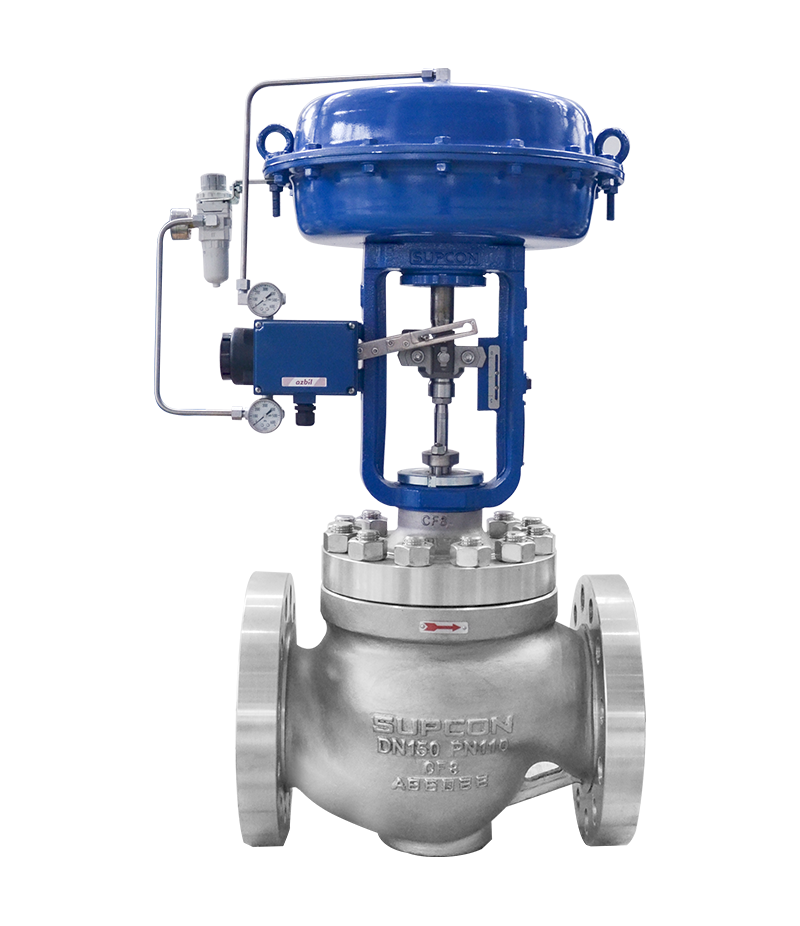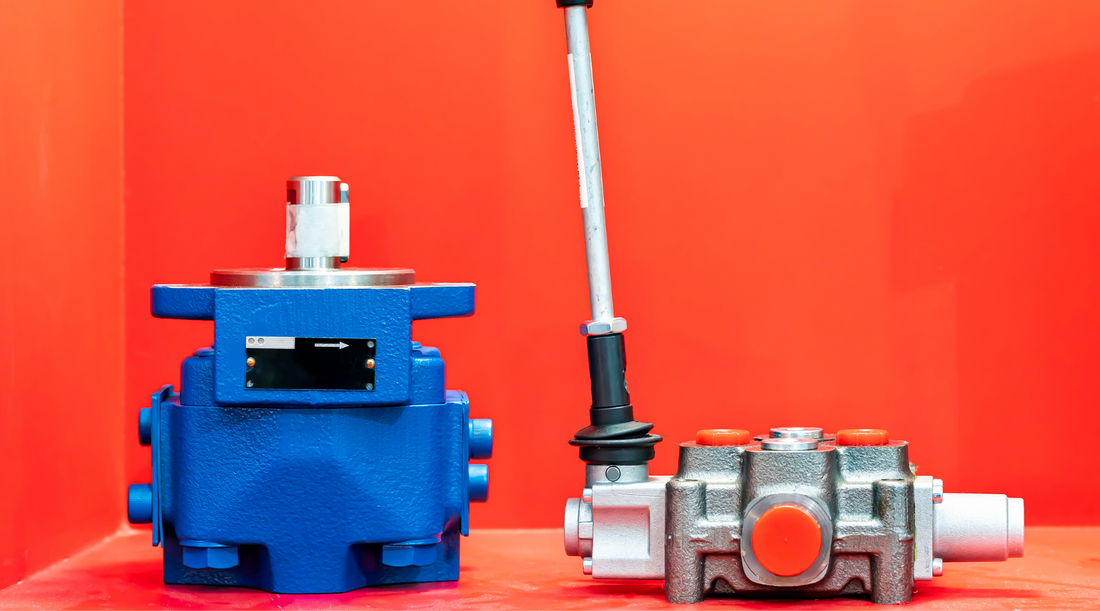Discovering the Capability of Modern Control Valves in Industrial Applications
Discovering the Capability of Modern Control Valves in Industrial Applications
Blog Article

Maximize Power Savings and Convenience With Advanced Building Automation Controls
In the world of contemporary architecture and center administration, the combination of innovative building automation regulates stands as a pivotal innovation. By harnessing the power of automation, buildings can adapt, react, and develop in methods that were as soon as unbelievable.
Power Performance Benefits
Energy effectiveness advantages can substantially lower energy intake and functional expenses in structures. Energy-efficient systems, such as advanced building automation controls, can maximize the usage of sources like air conditioning, heating, and lights, leading to lower power expenses over time.
Moreover, improved energy effectiveness can extend the lifespan of building tools and systems. By running a lot more efficiently, cooling and heating systems, lighting components, and other building parts experience less damage, causing minimized maintenance and substitute costs. In addition, energy-efficient buildings frequently command greater residential property worths and rental prices, giving lasting financial benefits to proprietors.
Furthermore, power efficiency can improve resident comfort and performance. Correctly managed indoor settings with optimum illumination and thermal problems develop an even more positive and helpful work space, causing enhanced staff member satisfaction and performance. Overall, the power effectiveness advantages connected with advanced building automation controls are multifaceted, incorporating cost savings, environmental stewardship, and occupant well-being.
Improved Convenience Control
Enhancing convenience control in building settings needs an advanced combination of innovative automation systems for optimal passenger health. By utilizing advanced building automation controls, centers can tailor the interior atmosphere to fulfill the details requirements and choices of residents. control valves.
By integrating these sophisticated controls, structures can not only improve convenience however likewise boost energy efficiency by optimizing system procedures based on real occupancy and use patterns. Eventually, prioritizing owner comfort with advanced automation systems leads to a much more enjoyable and much healthier interior atmosphere.
Operational Efficiency Improvements

Additionally, the execution of real-time tracking and analytics tools enables structure drivers to recognize power ineffectiveness and operational abnormalities quickly. By constantly keeping track of power usage patterns and system performance metrics, changes can be made in real-time to maximize energy visit this site consumption and make sure peak operational performance. control valves. In addition, including demand response strategies right into building automation controls can even more enhance operational performance by dynamically changing power usage based on grid conditions and prices signals
Indoor Climate Optimization
Effective indoor environment optimization is a basic facet of structure automation controls, making certain passengers' convenience and wellness while maximizing power savings. By utilizing advanced sensing units and controls, constructing automation systems can continuously readjust and monitor temperature level, humidity levels, air top quality, and ventilation to create hop over to these guys an optimum interior environment. Maintaining consistent and comfy conditions not only boosts owner contentment but likewise increases productivity and overall wellness.
Indoor climate optimization likewise plays a crucial duty in energy efficiency. By fine-tuning cooling, heating, and ventilation systems based upon real-time information and tenancy patterns, building automation controls can significantly decrease power consumption - control valves. As an example, executing methods such as demand-controlled ventilation and thermal zoning can help reduce energy waste while guaranteeing that each location of the building receives the essential conditioning.

Sustainable Environment Creation
Structure automation regulates not just maximize indoor climate conditions for energy efficiency and passenger convenience however likewise lay the foundation for creating a lasting atmosphere with calculated management of systems and resources. By integrating advanced structure automation technologies, such as sensing units, actuators, and smart software application, facilities can keep track of and adjust energy use in real-time to decrease waste and minimize their carbon footprint. These systems enable anticipating upkeep, determining potential problems before they escalate and maximizing devices performance to boost longevity and effectiveness.
In addition, sustainable environment production prolongs beyond energy monitoring to encompass water conservation, waste decrease, and indoor air quality improvement. Structure automation controls can regulate water use, spot leakages, and guarantee appropriate garbage disposal methods, contributing to general sustainability initiatives. In addition, by checking and managing air flow and filtration systems, these technologies boost occupant health and wellness and performance while reducing power consumption related to cooling and heating procedures.
Final Thought
Finally, advanced building automation regulates offer considerable advantages in terms of power savings, convenience control, functional efficiency, indoor climate optimization, and developing a sustainable atmosphere. By carrying out these controls, structures can attain optimal performance while minimizing power intake and improving resident comfort. It is obvious that the usage of innovative automation modern technology is essential in improving structure efficiency and developing an extra lasting future.
Energy efficiency benefits can substantially minimize power intake and functional costs in buildings. Overall, the energy efficiency benefits associated with sophisticated structure automation controls are diverse, including expense financial savings, environmental stewardship, and resident wellness.
In addition, including demand reaction techniques into structure automation controls can even more enhance functional performance by dynamically adjusting power use based on grid conditions and rates signals.
Structure automation controls not just enhance indoor environment conditions for energy performance and passenger comfort but additionally lay the structure for creating a lasting atmosphere through critical administration of resources and systems.In final thought, advanced structure automation controls deal significant advantages in terms of energy savings, convenience control, operational performance, indoor environment optimization, and producing a lasting atmosphere.
Report this page